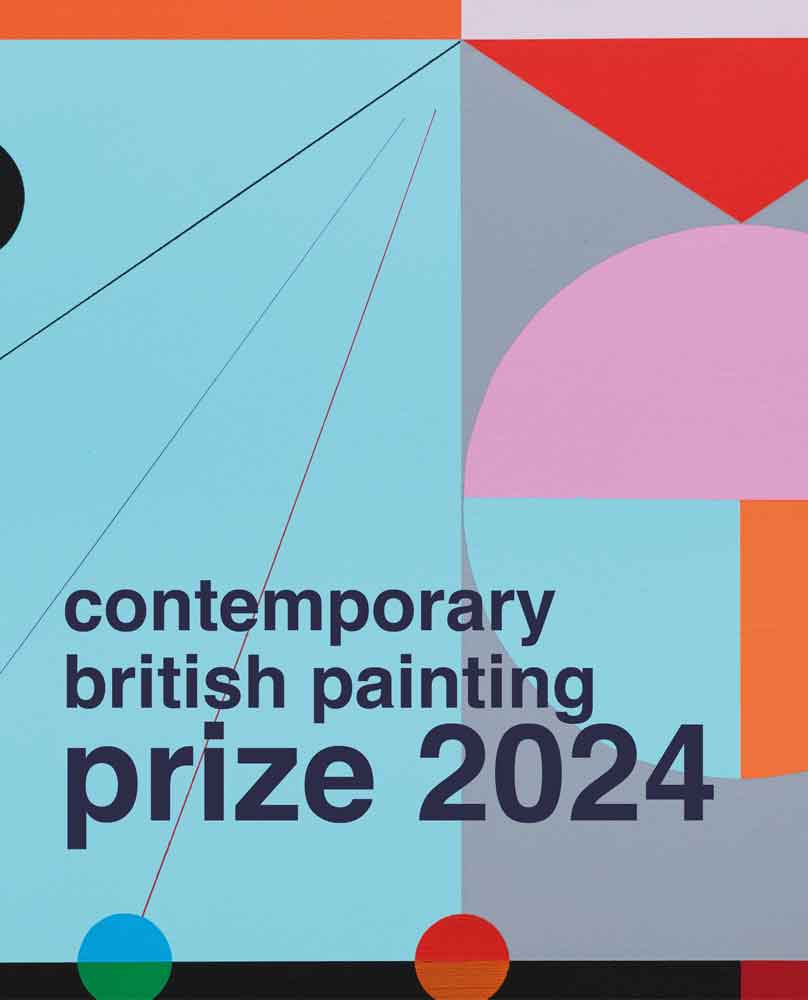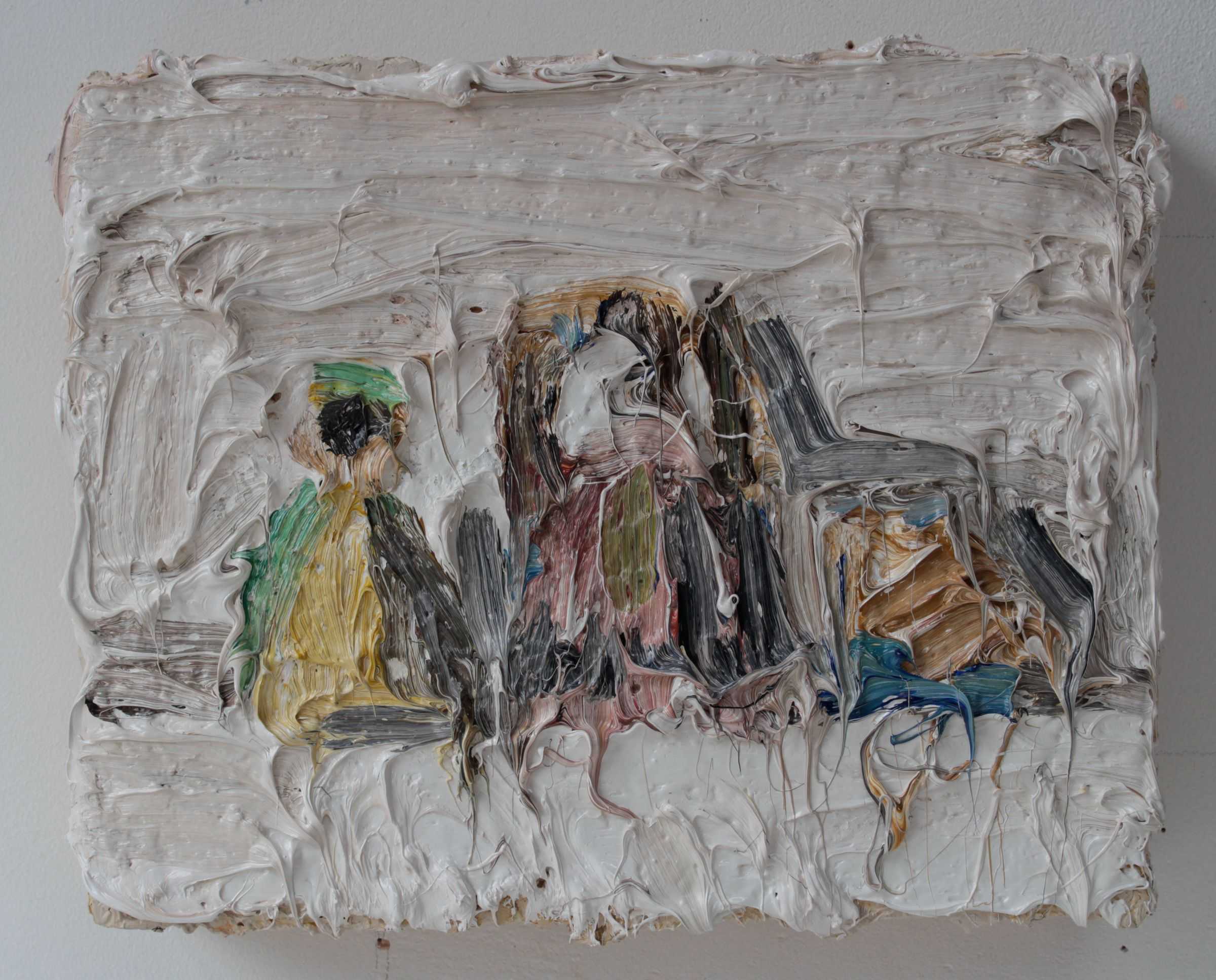Plausible Objects / Difficult Things
Alex Hanna
Looking at the images you selected for this exhibition I can understand why you wrote about ‘painting’s ability to create worlds and the objects that populate them within its frame’. With the ‘Infanta’ series of paintings I felt this world emerge as I assembled a small group of porcelain characters acquired from a second hand shop on Chatsworth Road in London. In fact, it was when I saw these pieces that I started to imagine the assembly within Velasquez’s painting – Las Meninas. I didn’t think of the painting first and then buy the figures. It seems relevant to mention this order of events. For me, much of my time has been spent reflecting upon works by Velasquez and the likes of Vermeer and these objects, to some extent, provided me with a portal into this other world of historical images.
The objects themselves have only a tenuous connection with the real characters in the painting and this seemed to suit the paint application. Two of the pieces represent those overbred goldfish, the ones with extra tail fins, bloated eyes and portly bodies. The scale of the various objects, when painted, also differs. They have no true relationship. The relationship is completely ambiguous and hidden within the paint. The way in which the paint is applied seems to add to the chaos.
The reference to Las Meninas also touches upon your mention of ‘difficult things’, this being a sense of melancholy which I feel is imbued within Velasquez’s painting. His cast of characters are a mixture. Within that grouping there are a range of emotions played out which I felt could possibly be disturbing. It’s possible that Velasquez has made this the heart of his work. To attempt to create a link to these melancholic emotions through to my own painting seemed exciting and interesting.
The ‘Infanta’ series has a connection with my previous series of ‘Pill Paintings’ though this may not be immediately clear. The series also connects with the more abstract work that started around the period of the ‘Pill Paintings’ and which represents yet another struggle between materiality and the depiction of images. In these paintings I wanted to observe, analyse and arrange the components on the paint surface using limited colours but also using the paint’s own turbulent qualities. The limited colours can perhaps be compensated for, at times, by the more objective nature of the paints’ thickness which performs its own ability to throw up light-catching touches, in effect creating some of its own tones and colours.
In other works in the ‘Infanta’ series, I have used a much broader painting method. Maids of Honour is one example in which the paint seems as much in control as the operative (me). I have also placed the subject within the frequently used studio space.
I think the application of paint is slightly different in each of the paintings. This is largely down to the use of different paint brushes. For the Infanta and Dwarfs painting I employed a thinner brush with the consequence that a greater number of marks were applied. It was something I saw in an exhibition featuring Auerbach and Kossoff. Also, in this case the paint was oilier. This does create a different kind of surface, more worked, with a greater sense of surface activity and intensity.
In painting arrangements of objects, in what is essentially a traditional still life format, I look for other points of access into the subject. In both Maids of Honour and Infanta and Dwarfs 1 there is some evidence that they are arrangements within a studio space, for example. I also realised that I also had to use objects in which I had little investment in terms of cost, value or materials. This freed up the activity of painting allowing me to create a balance between the materiality of the paint and the objects’ presence. In some respects, the objects had to be of a low order, not a big deal. Could this be because of the painting’s role as an object in itself? Was I creating a painting with the qualities of an object as opposed to an illusion of an object? Once the need for this illusion has been dispensed with, attention could be given to the surface and material nature of the panel or other support.
© Alex Hanna and Frances Woodley
Image 1. Alex Hanna, Infanta and Dwarfs 1, 2019, oil on panel, 40×30×2 cm. Photo the artist. © the artist.
Image 2. Alex Hanna, Infanta and Dwarfs 2, 2019, oil on panel, 28×35×2 cm. Photo the artist. © the artist.
Image 3. Alex Hanna, Maids of Honour, 2019, oil on board, 20×25×4 cm. Photo the artist. © the artist.





